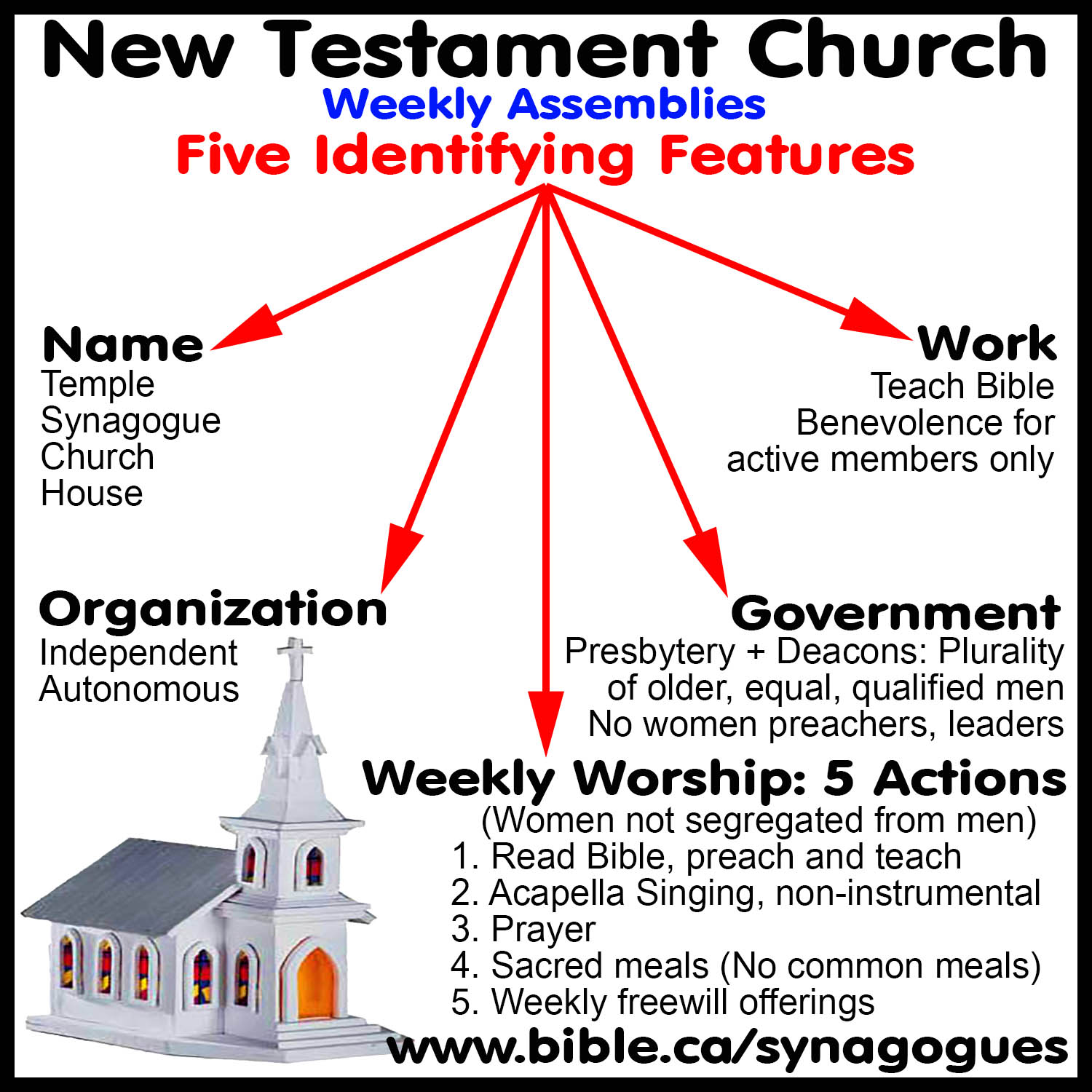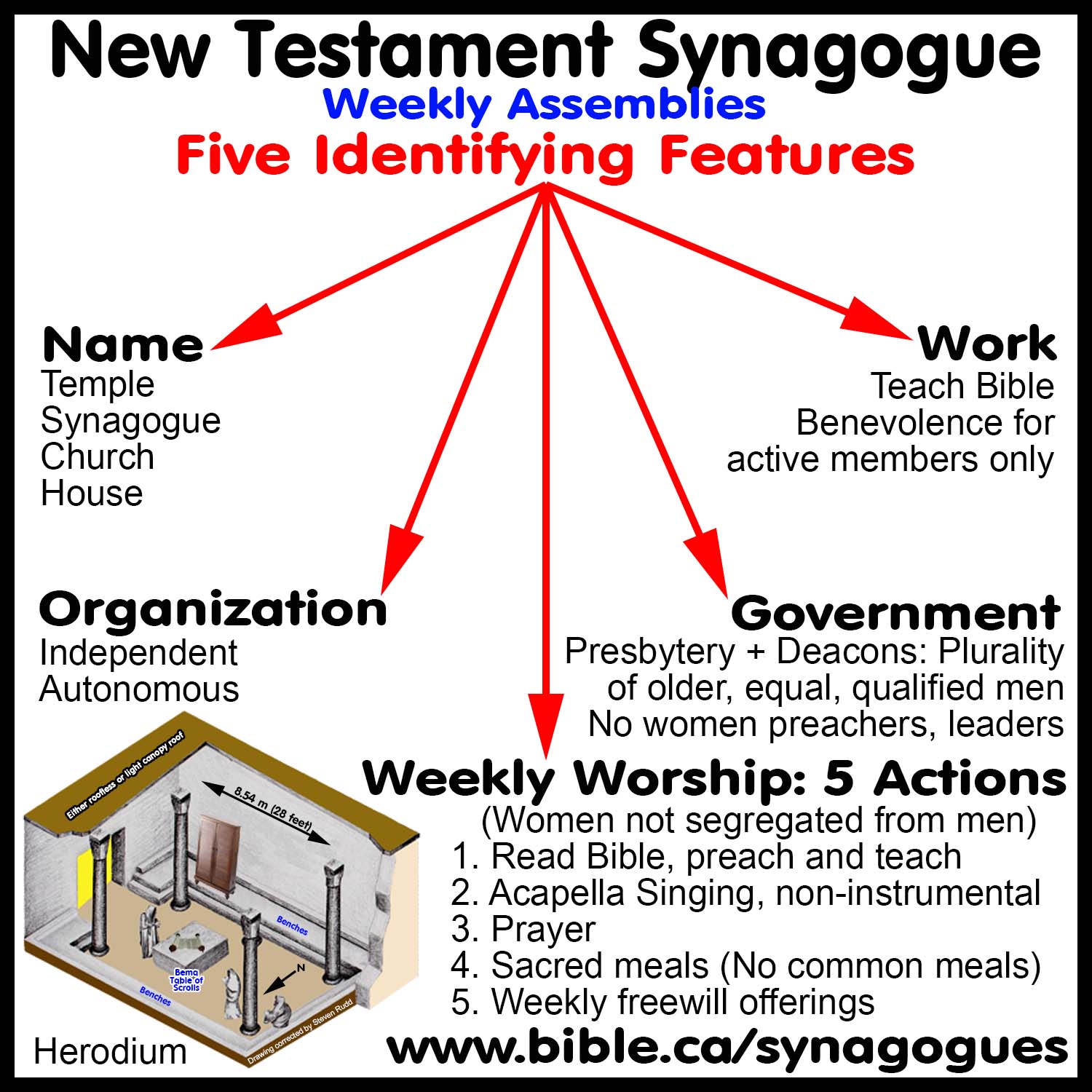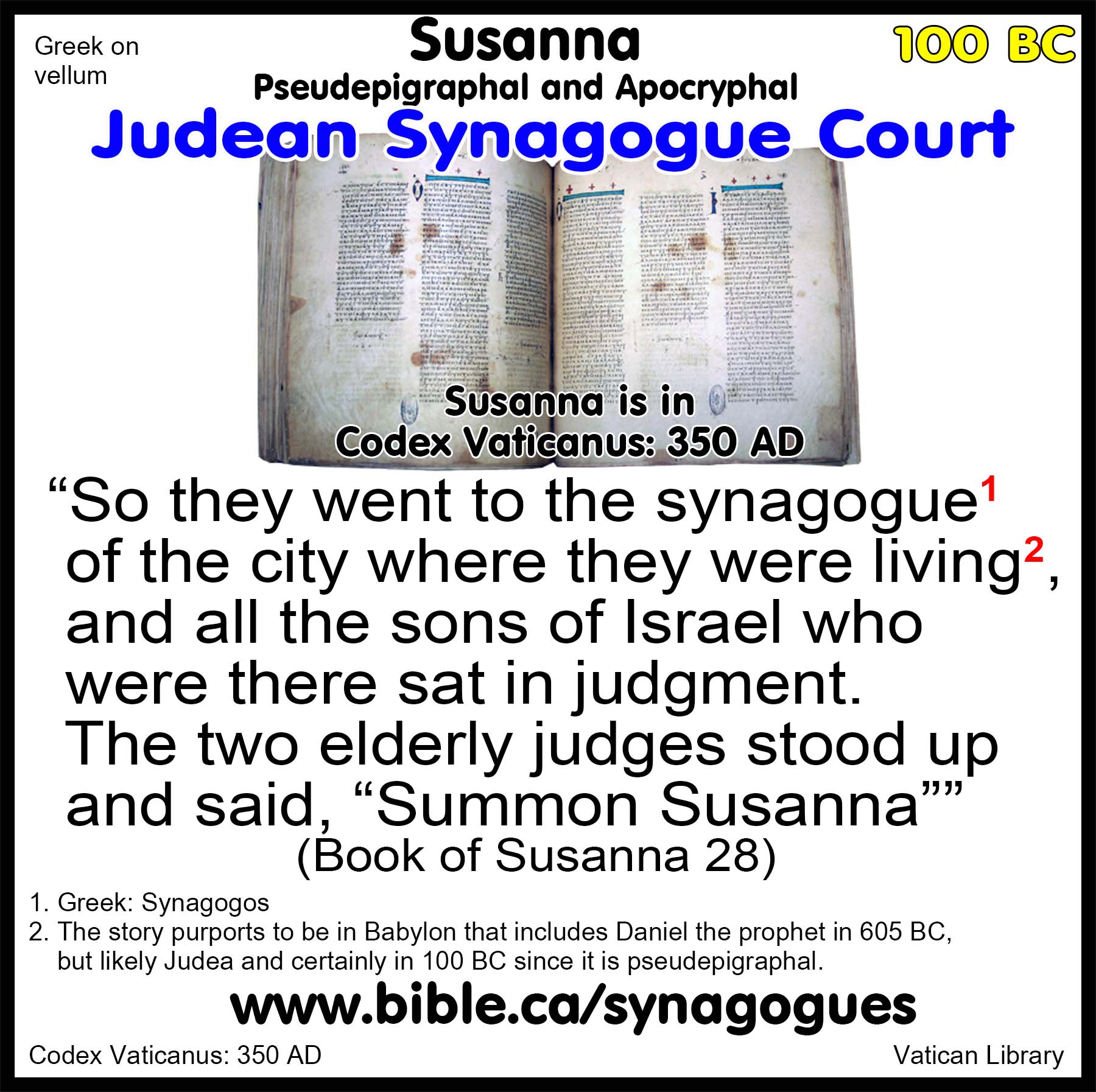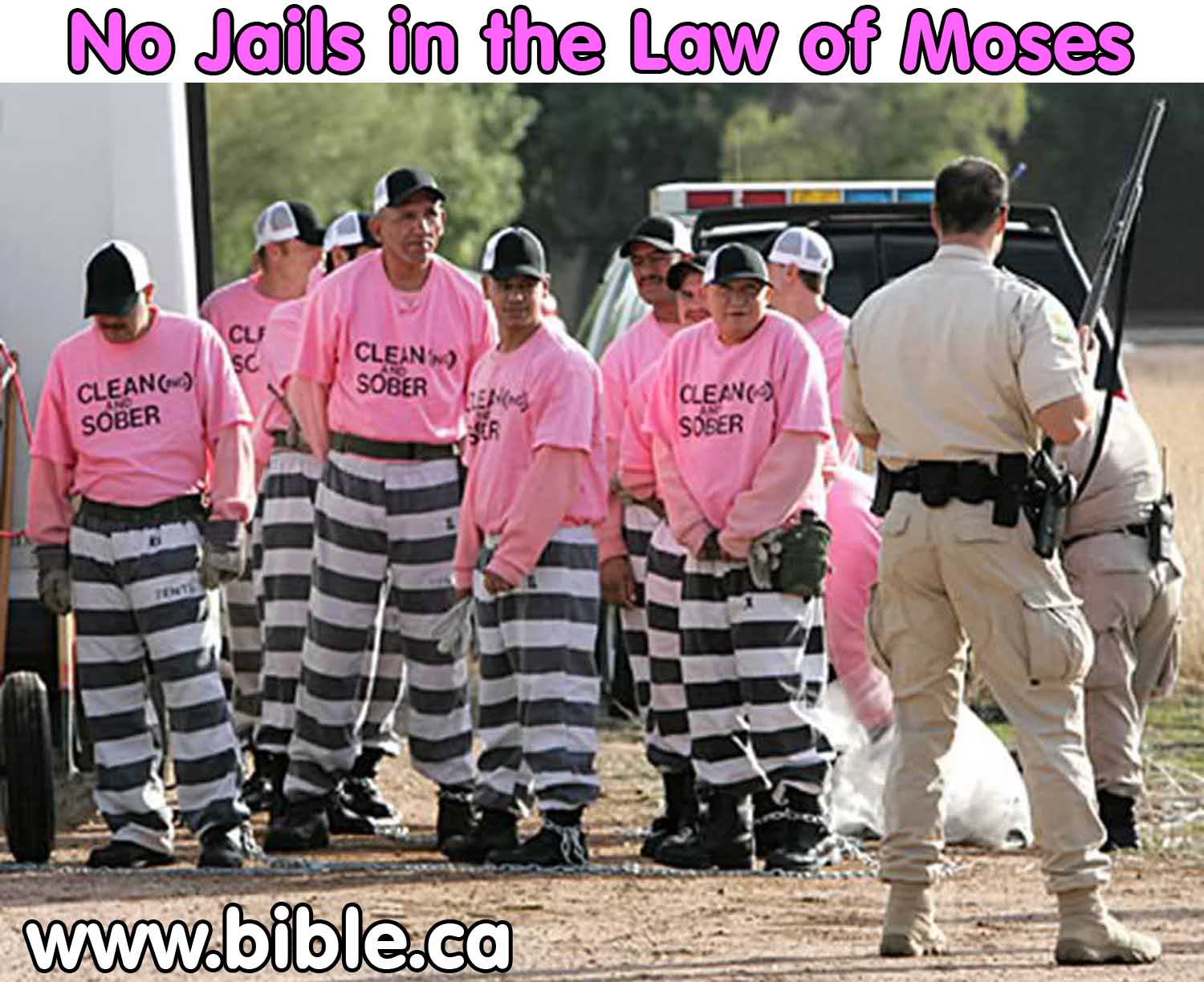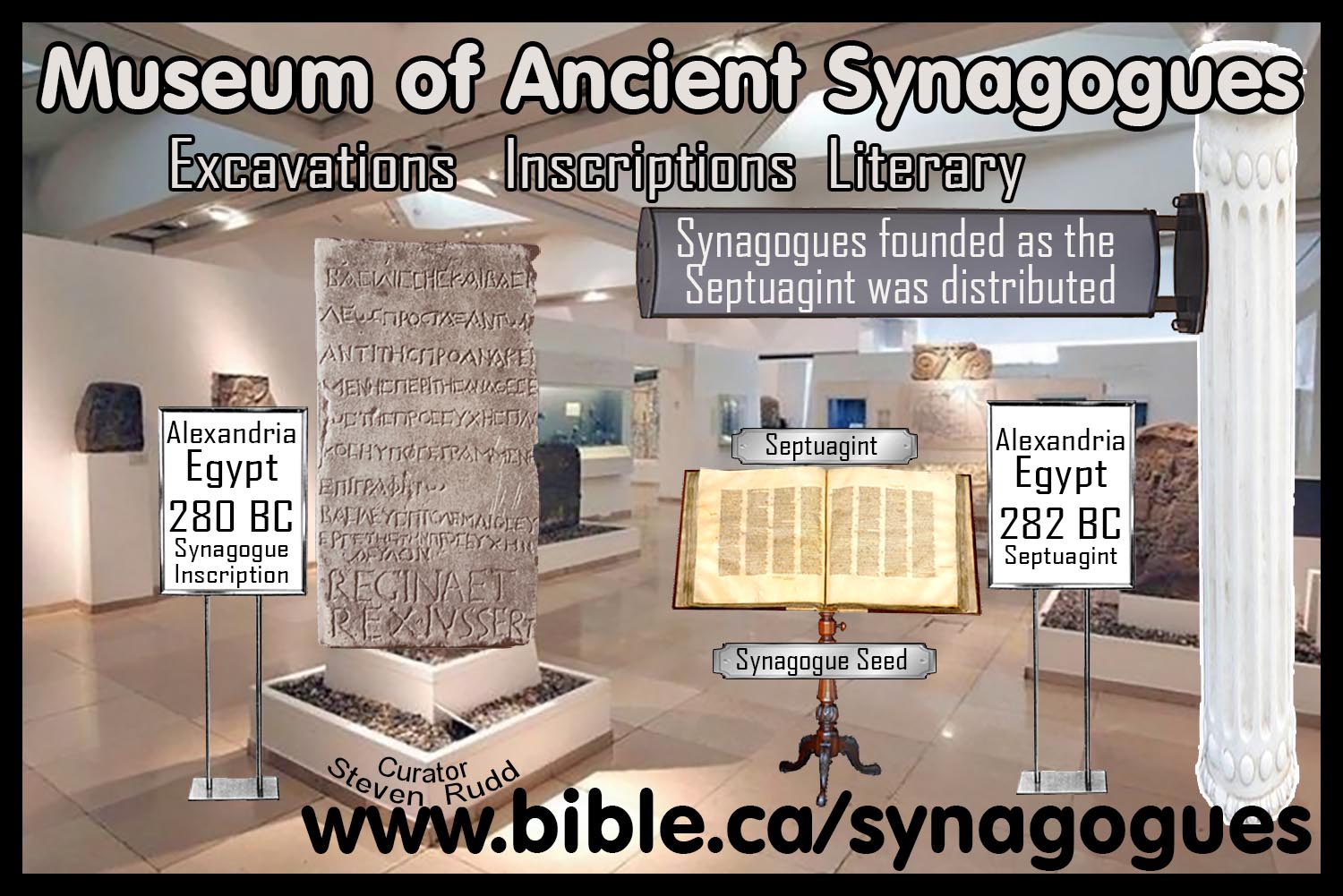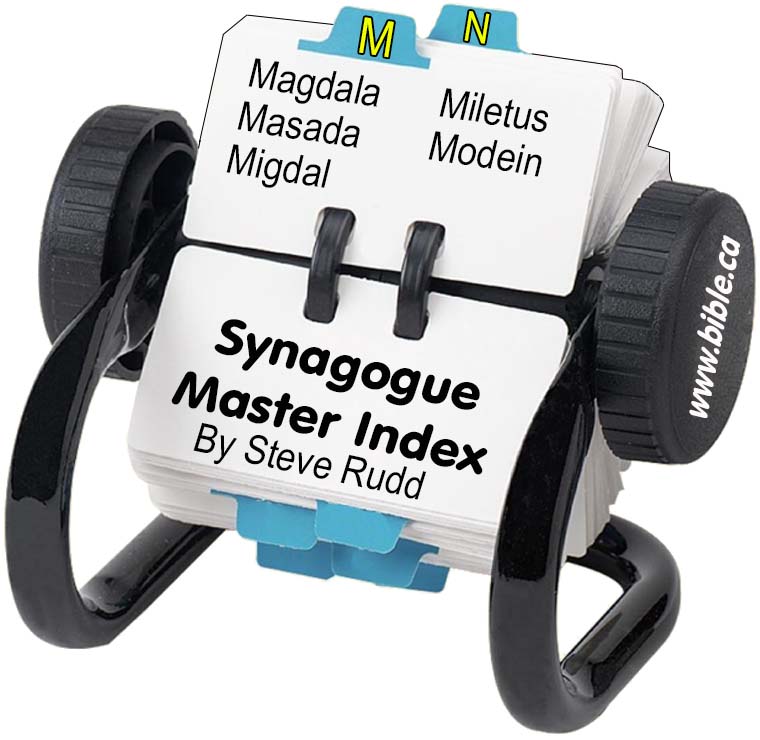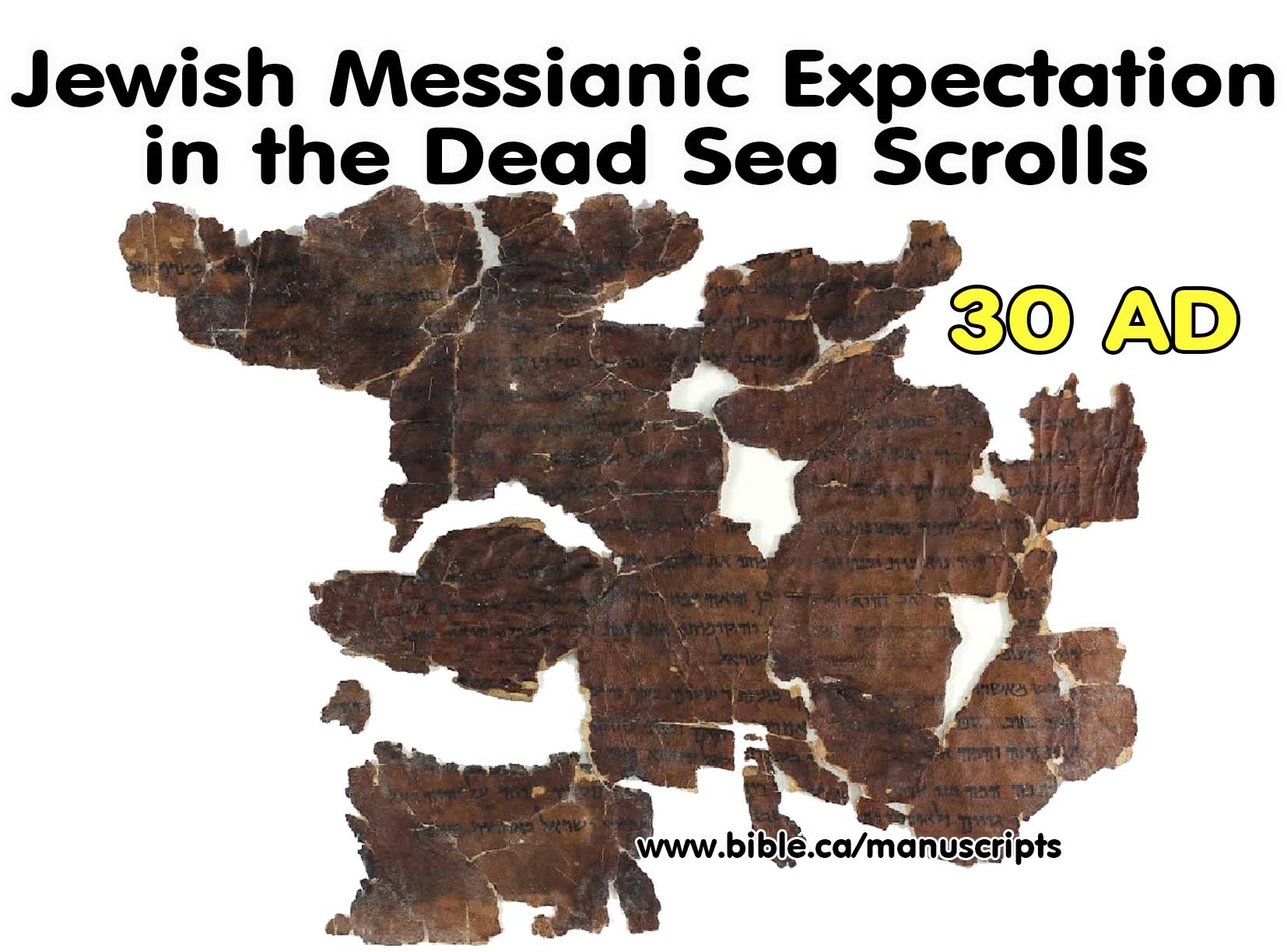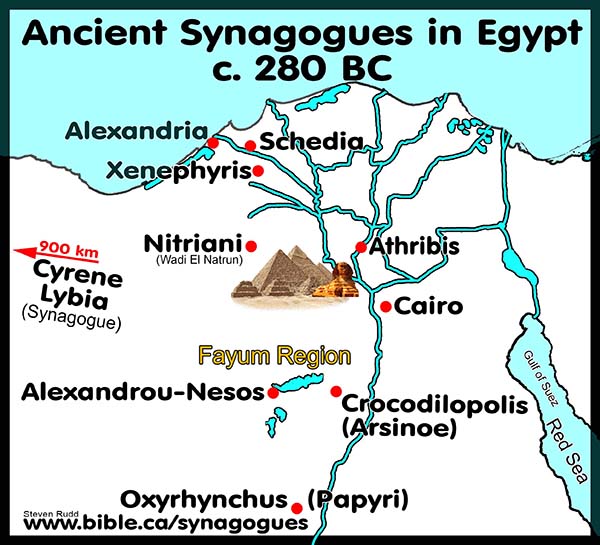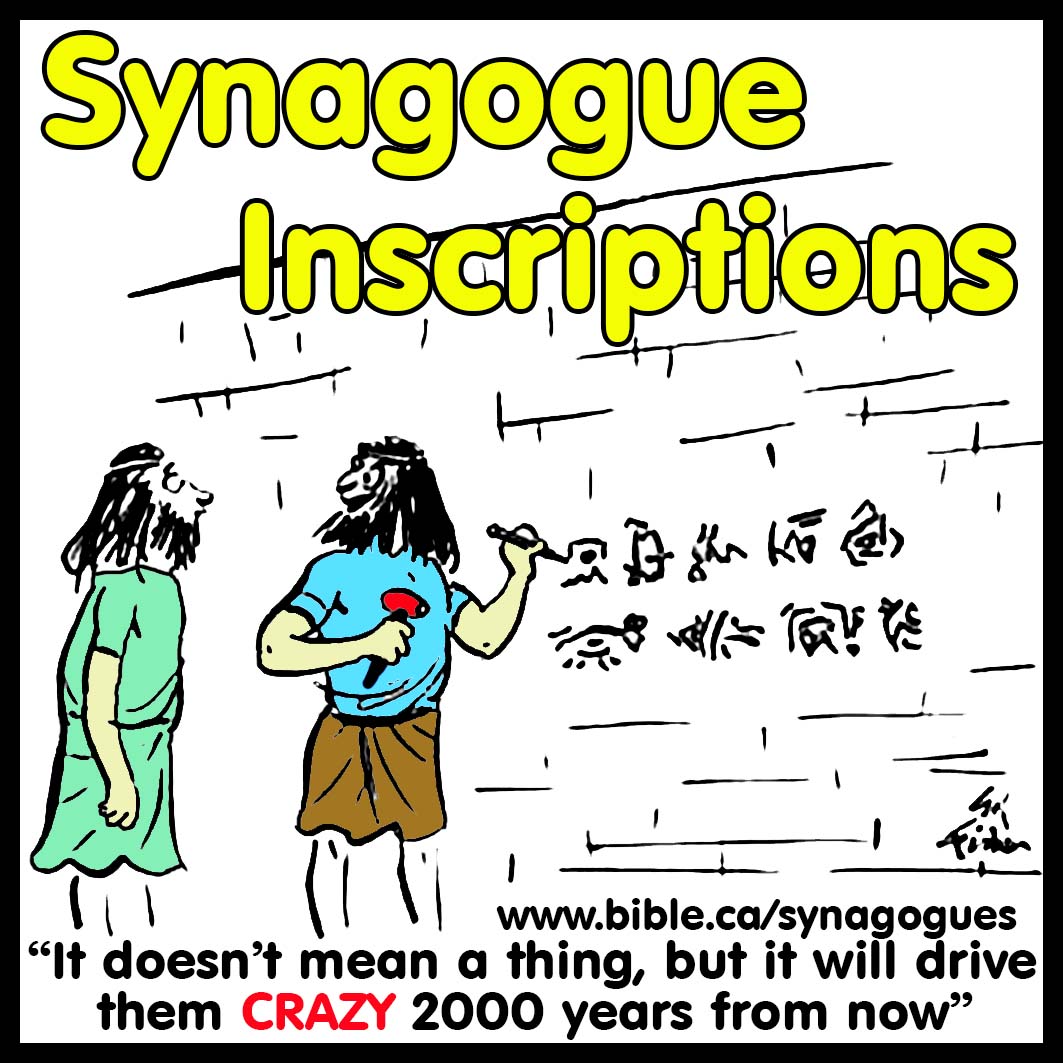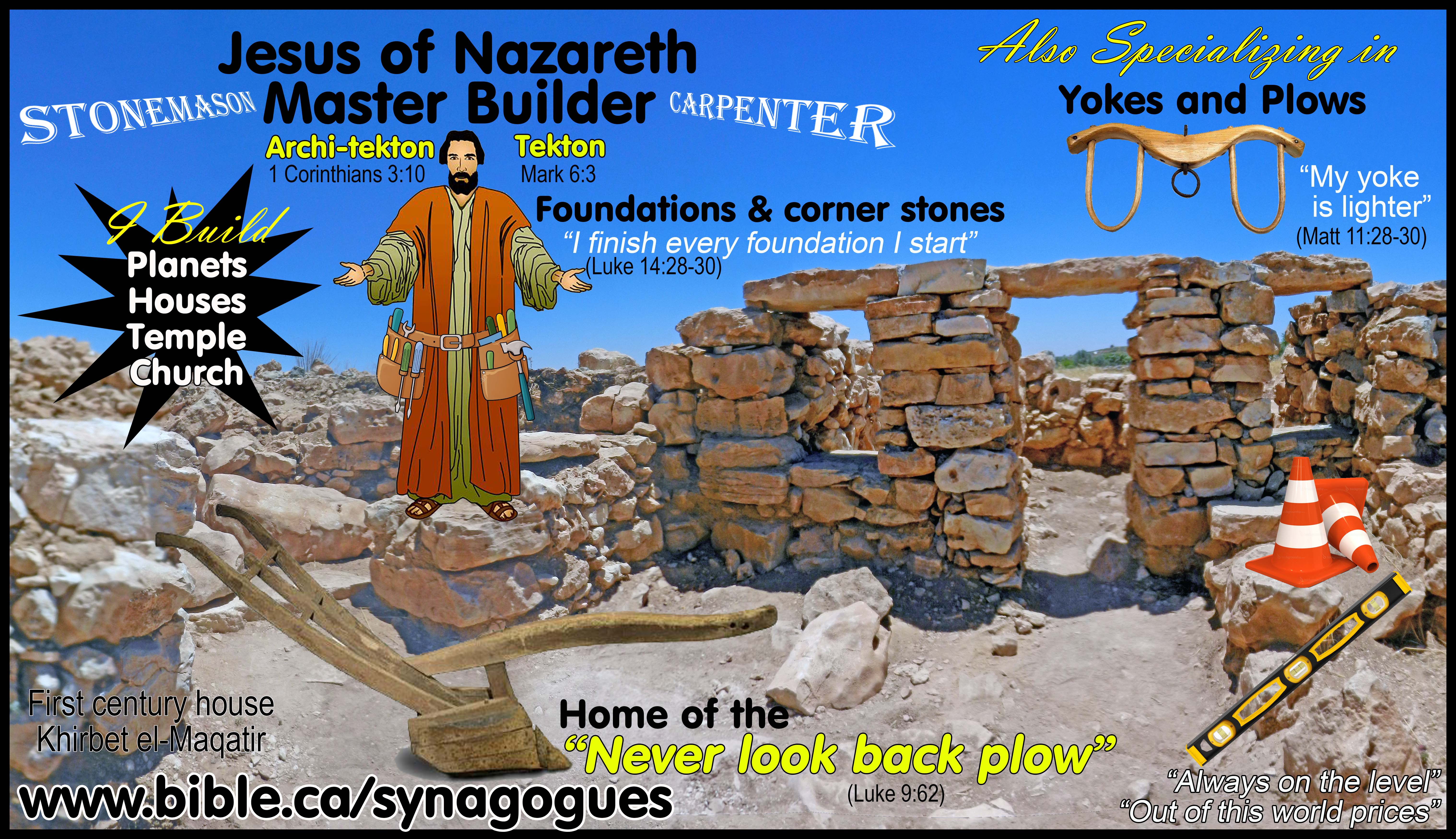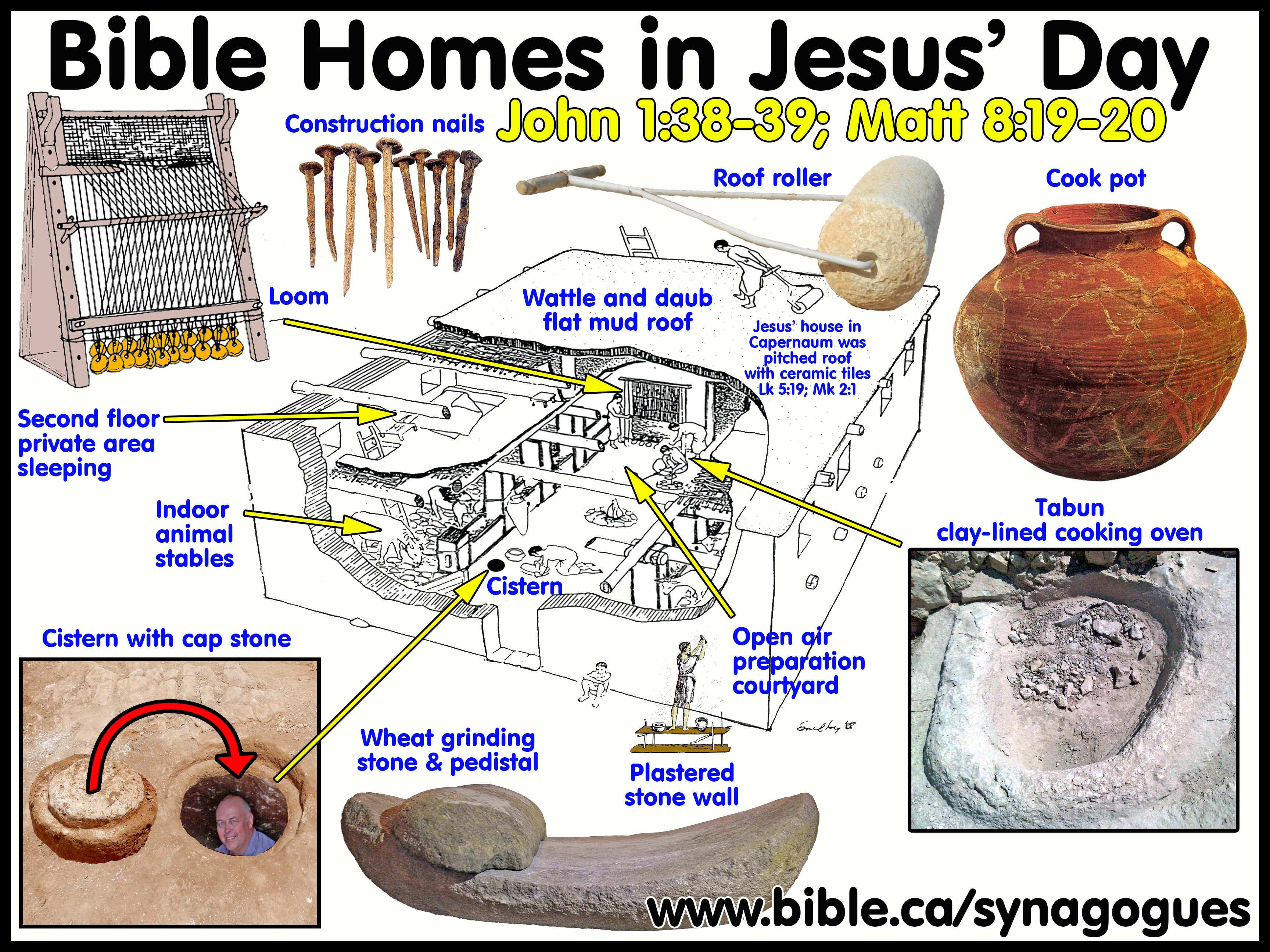“On this Rock, I will build My church”
Ancient Synagogue Worship and the Church
Synagogue worship was the prototype for Christian Church.
|
CIVIL COURTS IN SYNAGOGUES |
The Legal system in ancient Israel was sophisticated:
|
Law |
|
Courts (gates, cities of Refuge) |
|
|
Mosaic Judiciary |
|
|
Rules of evidence (2-3 witnesses) |
|
Judges |
Introduction:
A. The church is a civic court like the Synagogue:
1. 1 Cor 6 authorizes the church to function as a civic court for non-religious disputes between Christians like: “He told me the car was in perfect running condition when he sold it to me yesterday, but it needs a new engine that costs $3000 and he won’t pay or refund my money”.
2. This civic court function was directly borrowed from the Jewish synagogue.
B. The apocryphal book of Susanna documents the synagogue court in 100 BC:
|
1. While book of Susanna the story is clearly fictional, it does provide a crystal clear window into how synagogues functioned as civic courts. 2. With echoes of Bathsheba, Susanna is a young beautiful married woman who is seen by two old synagogue officials who desire her. Unlike Bathsheba, she refuses and they go to the synagogue court and falsely accuse her of adultery. In a full court setting witnesses are called and judgement is rendered with the stoning of the two lying synagogue officials. 3. This story, although fictitious, does prove that in 100 BC, synagogue buildings were used as civic courts. 4. The church borrowed this civic court function directly from the Jewish synagogue: (1 Corinthians 6:1–8) |
A. Mosaic Judaism had no jails but used slavery as a primary reform institution:
1. Jails or any form of restraint did not exist in Israel until the time of Ahab.
2. The first time anyone is cast into an Israeli/Hebrew prison was Ahab in 853 BC (1 Kings 22:27).
3. The Law of Moses had a unique, humanitarian and wholesome system of slavery modern nations would be well advised to emulate.
|
Slavery Instead
of Jails in Mosaic Legal System! Read full outline: No jails in Judah |
B. Type of punishments for crimes and sin:
- Methods of execution under the Old Testament law of Moses:
- The expression "Capital offense" comes from the Latin word for head: "caput", indicating the person could lose their head. However decapitation of the head by sword or the French guillotine etc., was never prescribed in the Mosaic legal system as a method of execution.
- stoning (Leviticus 24:14)
- burning (Leviticus 20:14; 21:9)
- arrow (Exodus 19:13).
- After death, they were hung or impaled on a tree/stake than taken down the same evening and buried: Deuteronomy 21:22-22.
- Capital punishment was carried forward into the New Testament: Romans 13:1-5
- Restitution, Fines, seizing of assets: Proverbs 17:26; Numbers 5:6-8
a. “If a man steals an ox or a sheep and slaughters it or sells it, he shall pay five oxen for the ox and four sheep for the sheep. “If the thief is caught while breaking in and is struck so that he dies, there will be no bloodguiltiness on his account. “But if the sun has risen on him, there will be bloodguiltiness on his account. He shall surely make restitution; if he owns nothing, then he shall be sold for his theft. “If what he stole is actually found alive in his possession, whether an ox or a donkey or a sheep, he shall pay double.” (Exodus 22:1-4)
b. “If men struggle with each other and strike a woman with child so that she gives birth prematurely, yet there is no injury, he shall surely be fined as the woman’s husband may demand of him, and he shall pay as the judges decide.” (Exodus 21:22)
c. Graduated fines for various sins based on income level: Lamb/dove/grain Leviticus 5:1-13
d. False accusation of loss of virginity: Deut 22:19
e. Fines became the income of the overseeing priest: Numbers 5:9-10
f. If a man could not make restitution, he was sold as a slave to the one whom he owned the money, or the proceeds of the sale of the slave (30 pieces of silver) were given to him in lieu of restitution.
3. Slavery: Read full outline: No jails in Judah
a. Slaves were valued at 30 shekels of silver: Exodus 21:32. The same price Christ was betrayed by Judas for.
b. Financially bankrupt people could be sold as slaves to pay civil debts or criminal fines but went free on the sabbatical (7th) year: Exodus 21:2; Leviticus 22:1-11; Deuteronomy 15:12-15
- A thief unable to make restitution was sold as a slave, not sent to jail: Even today, judges will give criminals an option of either paying a fine or going to jail in place of paying the fine. “If a man steals an ox or a sheep and slaughters it or sells it … He shall surely make restitution; if he owns nothing, then he shall be sold for his theft. “If what he stole is actually found alive in his possession, whether an ox or a donkey or a sheep, he shall pay double.” (Exodus 22:1-4)
d. A bankrupt father could sell his children into slavery to pay for his debts in place of himself: Exodus 21:7; Nehemiah 5:3-5
4. Public beating with rod, birching, whipping posts, verbal rebuke/scolding:
a. Notice that no one was ever put in stocks, tied or chained to a post or restrained after the punishment was over. Until very recently prisons and insane asylums would use the whipping bench. But in Israel, the man had to voluntarily lay himself down on the ground to be beaten with a rod by his victim!
b. Adults were beaten in public up to 40 times. This is the origin of the "39 lashes": Deuteronomy 25:1-3; Proverbs 17:26; Proverbs 10:13; Proverbs 26:3
c. Public scolding's and rebukes took place at the city gate:
1. “So the elders of that city shall take the man and chastise him" (Deuteronomy 22:18)
- Public whippings, floggings, birching in the open town square were practiced in the USA and Canada up to 50 years ago.
- "“If there is a dispute between men and they go to court, and the judges decide their case, and they justify the righteous and condemn the wicked, then it shall be if the wicked man deserves to be beaten, the judge shall then make him lie down and be beaten in his presence with the number of stripes according to his guilt. “He may beat him forty times but no more, so that he does not beat him with many more stripes than these and your brother is not degraded in your eyes." (Deuteronomy 25:1–3)
- "It is also not good to fine the righteous, Nor to strike the noble for their uprightness." (Proverbs 17:26)
- "On the lips of the discerning, wisdom is found, But a rod is for the back of him who lacks understanding." (Proverbs 10:13)
- "A whip is for the horse, a bridle for the donkey, And a rod for the back of fools." (Proverbs 26:3)
- "“And that slave who knew his master’s will and did not get ready or act in accord with his will, will receive many lashes, but the one who did not know it, and committed deeds worthy of a flogging, will receive but few. From everyone who has been given much, much will be required; and to whom they entrusted much, of him they will ask all the more." (Luke 12:47–48)
- Innocent Jesus: "But He was pierced through for our transgressions, He was crushed for our iniquities; The chastening for our well-being fell upon Him, And by His scourging we are healed." (Isaiah 53:5) "Pilate then took Jesus and scourged Him." (John 19:1)
- Innocent apostle Paul: "Are they servants of Christ?—I speak as if insane—I more so; in far more labors, in far more imprisonments, beaten times without number, often in danger of death. Five times I received from the Jews thirty-nine lashes. Three times I was beaten with rods, once I was stoned, three times I was shipwrecked, a night and a day I have spent in the deep." (2 Corinthians 11:23–25)
- Christians today: "“But beware of men, for they will hand you over to the courts and scourge you in their synagogues; and you will even be brought before governors and kings for My sake, as a testimony to them and to the Gentiles." (Matthew 10:17–18)
- Children were to be beaten with rods: Proverbs 23:13-14; Proverbs 13:24; Deuteronomy 21:18
- Birching, the strap and the paddle were used throughout the USA and Canada by principles in schools up into the 1980's. Indeed, this author got the strap 9 times by the grade school principal on the hand with a leather strap for his multitude of misbehaviors and adventures and look how he turned out! A preacher! Who could argue with the wisdom of my principle now? As the proverb goes: "If a child is misbehaving, sit the child on your lap and lovingly and calmly comb his hair with a brush. If he continues to misbehave, use the other end of the brush on the other end of the child on your lap."
- If spankings didn’t work, they were taken to the priest and stoned to death as rebellious children: Deut 21:18-21 (see Capital punishment section)
- "Do not hold back discipline from the child, although you strike him with the rod, he will not die. You shall strike him with the rod and rescue his soul from Sheol." (Proverbs 23:13–14)
- "He who withholds his rod hates his son, But he who loves him disciplines him diligently." (Proverbs 13:24)
- "“If any man has a stubborn and rebellious son who will not obey his father or his mother, and when they chastise him, he will not even listen to them," (Deuteronomy 21:18)
- Modern laws that criminalize parents who spank their children are satanic!
B. Jails, courts and scourging in synagogues at the time of Christ:
1. “Other civic activities and functions conducted in the synagogue: These included the courts and political assemblies, possibly treasuries, and the preservation of documents in a geniza. The court operated in the synagogue, originally as a local court and later, from the Amoraic period, as a rabbinic court (Z. Safrai 1995:187-190). Levine (2000:370-372) maintains that the synagogue was used as a communal court and a place for administrating punishment and the manumission of slaves (see the Crimea inscriptions).” (Ancient Synagogues - Archaeology and Art: New Discoveries and Current Research, Rachel Hachlili, p17, 2013 AD)
2. Synagogues borrowing from the civic function of ancient city gates, were full blown legal courts:
a. "Therefore, behold, I am sending you prophets and wise men and scribes; some of them you will kill and crucify, and some of them you will scourge in your synagogues, and persecute from city to city," (Matthew 23:34)
b. "“And I said, ‘Lord, they themselves understand that in one synagogue after another I used to imprison and beat those who believed in You." (Acts 22:19)
c. Sardis imperial decree of 49 BC: “Lucius Antonius, the son of Marcus, vice-quaestor, and vice-pretor, to the magistrates, senate, and people of the Sardians, sendeth greeting. Those Jews that are our fellow-citizens of Rome, came to me, and demonstrated that they had an assembly of their own, according to the laws of their forefathers, and this from the beginning, as also a place of their own, wherein they determined their suits and controversies with one another. Upon their petition therefore to me, that these might be lawful for them, I give order that these their privileges be preserved, and they be permitted to do accordingly.” (Josephus Antiquities 14.235, decree: 49 BC)
d.
Babylonian Talmud on first century synagogue courts: “Three judges of
civil law were in Jerusalem, Admon, Hanan, and Nahum. Said R. Pappa, “Who is
the Tannaite authority who repeats, ‘Nahum’? It is R. Nathan, in accord with
that which has been taught on Tannaite authority: R. Nathan says, ‘Also Nahum
the Mede was among those who make decrees in Jerusalem,’ but sages did not
concur with him.” And were there no others? Didn’t R. Phineas say R. Oshayya
said, “There were three hundred ninety-four courts in
Jerusalem, corresponding to the number of synagogues and the number of
schoolhouses and the number of schools for scribes”? There were many more, to be sure, but we make
reference in particular to judges of civil law. Said R. Judah said R. Assi,
“The civil judges who were in Jerusalem would collect their salary of ninety-nine
maneh from Temple funds. If they didn’t find that suitable, they would add to
the salary.” “If they didn’t find that suitable”? So are we dealing with money
grubbers? Rather: “If they didn’t find that sufficient,” they would give them
more, even though they didn’t want it.” (Babylonian Talmud, b. Ketub. 13:1,
I.2.A–3.C)
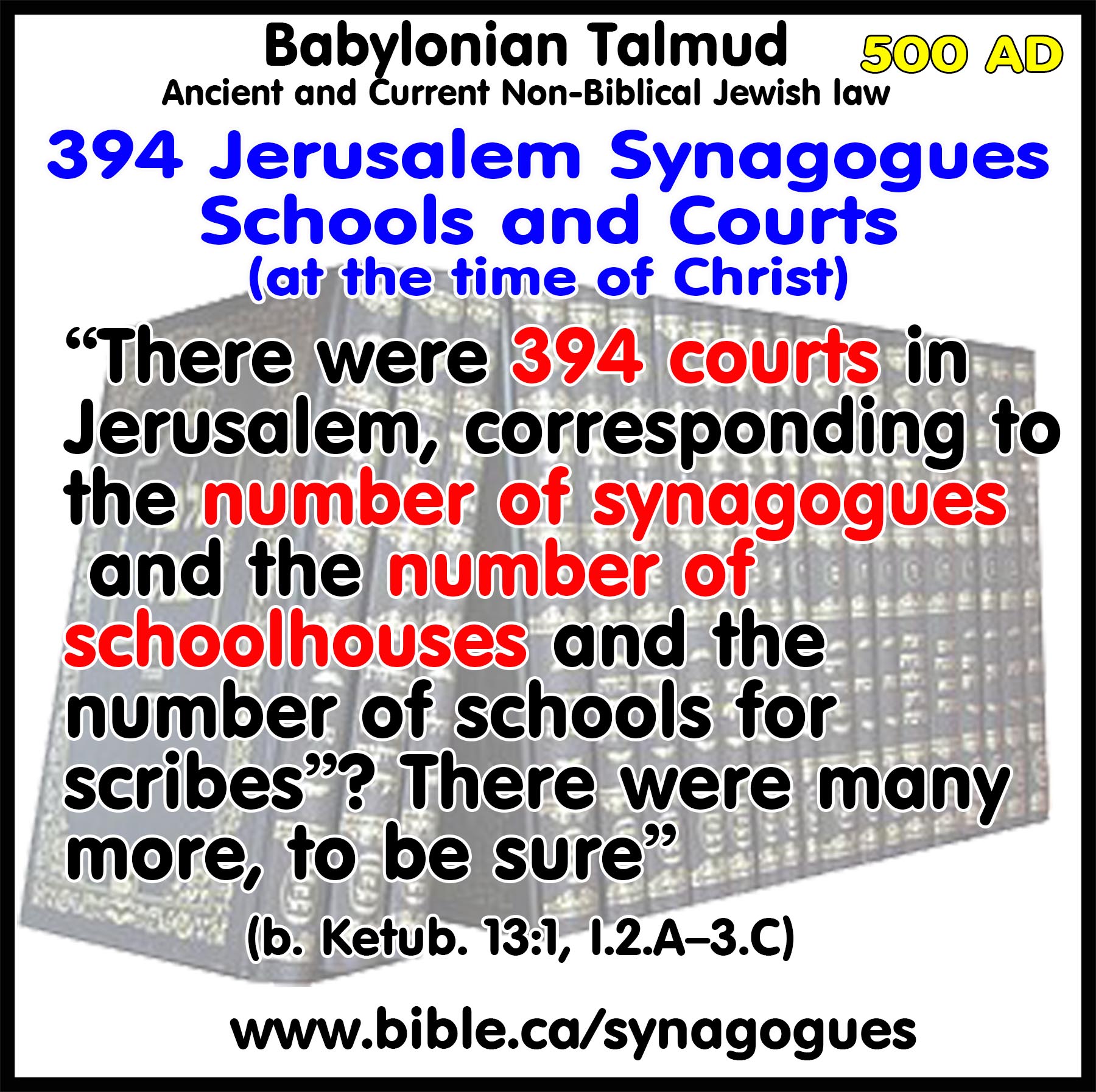
2. Those who were beaten or scourged were TIED TO A SYNAGOGUE COLUMN:
a.
Mishnah 200 AD: “A. How do
they flog him? B. One ties his two hands on
either side of a pillar [ie synagogue pillars], C and the minister of the community grabs his clothing— D if it
is torn, it is torn, and if it is ripped to pieces, it is ripped to pieces— E
until he bares his chest. F A stone is set down behind
him, on which the minister of the community stands. G And a strap of
cowhide is in his hand, doubled and redoubled, with two straps that rise and
fall [fastened] to it. 3:13 A Its handle is a handbreadth long and a
handbreadth wide, B and its end must reach to his belly button. C And he hits
him with a third of the stripes in front and two-thirds behind. D And he does
not hit [the victim] while he is either standing or sitting, but bending low, E
as it is said, And the judge will cause him to lie down (Dt. 25:2). F And he
who hits him hits with one hand, with all his might.” (Mishnah Makot 3:12–13)

C. The Christian church was also a formal civic court adopted directly from synagogues:
1. "Does any one of you, when he has a case against his neighbor, dare to go to law before the unrighteous and not before the saints? Or do you not know that the saints will judge the world? If the world is judged by you, are you not competent to constitute the smallest law courts? Do you not know that we will judge angels? How much more matters of this life? So if you have law courts dealing with matters of this life, do you appoint them as judges who are of no account in the church? I say this to your shame. Is it so, that there is not among you one wise man who will be able to decide between his brethren, but brother goes to law with brother, and that before unbelievers? Actually, then, it is already a defeat for you, that you have lawsuits with one another. Why not rather be wronged? Why not rather be defrauded? On the contrary, you yourselves wrong and defraud. You do this even to your brethren." (1 Corinthians 6:1–8)
2. The synagogue court was a prototype of the church court.
By Steve Rudd 2017: Contact the author for comments, input or corrections
|
Jesus your messiah is waiting for you to come home! |
|
|
Why not worship with a first century New Testament church near you, that has the same look and feel as the Jewish Synagogue in your own home town. As a Jew, you will find the transition as easy today as it was for the tens of thousands of your forefathers living in Jerusalem 2000 years ago when they believed in Jesus the Nazarene (the branch) as their messiah. It’s time to come home! |
|
By Steve Rudd: Contact the author for comments, input or corrections.
Go to: Main Ancient Synagogue Start Page
